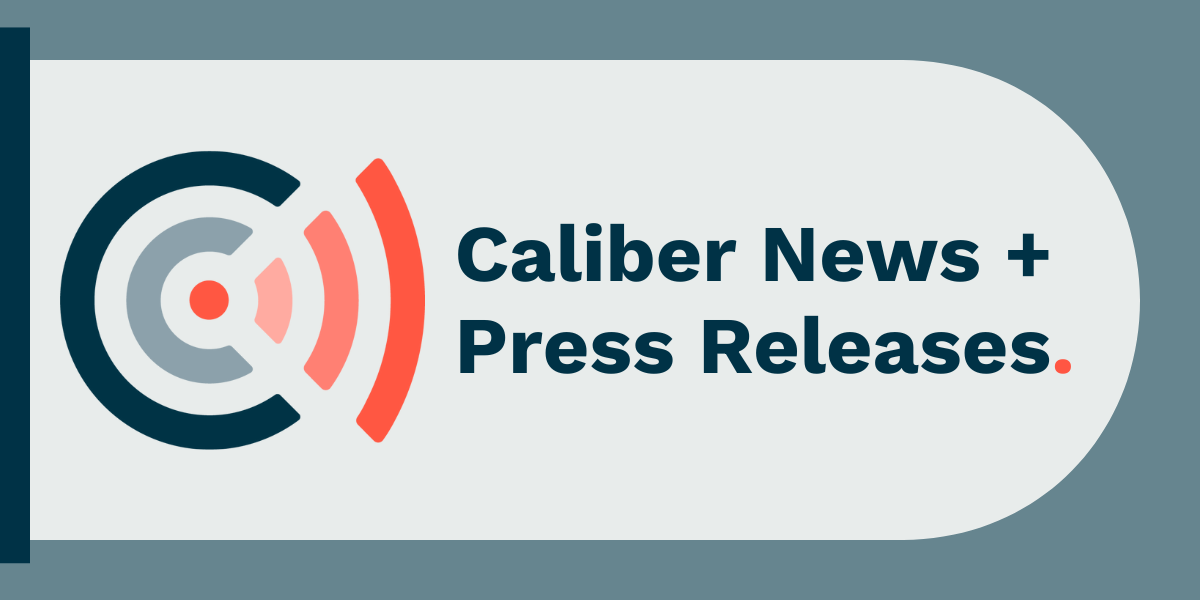Three Fintech Marketing Strategies to Keep You Agile.

For fintech, 2021 turned out to be a growth bright spot as digital transformation accelerated. But life is still unpredictable. When it comes to your fintech marketing strategy going forward in 2022, take an ‘agile’ approach. While challenges still exist there are three strategies to focus on now to make sure the year ahead is a prosperous one:
- Capitalizing on peak fintech interest
- Lifting your content game
- Auditing your digital skills
Capitalize on peak fintech interest
For fintechs, 2020 and 2021 were years to be remembered.
The World Economic Forum reported that companies saw an average growth of 13% compared to 11% previously. It’s a trend that’s likely to continue as verticals, such as payments, banking, insurtech, DeFi, capital markets, among others continue to sustain a more digital dependent economy.
A side effect is that fintech products and services have busted out of relative obscurity and now is the time for fintech marketers to leverage this new level of exposure.
Mainstream media interest has grown in how financial technology companies and financial services, in general, have supported everything from trade to personal finance, insurance and banking throughout the pandemic. At the same time, these same media outlets have seen their readership climb as we spent more time in front of our screens.
Harvey Hudes, Caliber’s CEO, said “Fintech is experiencing peak interest in the media as it plays a crucial role supporting businesses and people throughout the pandemic. The year ahead in 2022 has the potential to offer significant fintech marketing opportunities to allow companies to stay top of mind in a virtual environment.”
Right now, there is an opportunity for those in fintech marketing to think much more broadly about PR and media strategy and how the increased interest can be leveraged to raise the profile of your fintech company – for new business, partnerships, funding and hiring.
Content marketing strategy is key
With users seeking more information and content online than ever before, the competition for eyeballs in the fintech industry has never been hotter.
So it’s mission-critical to take a good look at the content you’re producing as part of your content marketing strategy and ask some hard questions: Are the topics we are aligning with resonating? Is it helping with customer acquisition? How do I even know?
Think through the themes and topics that keep your potential customers up at night and how that might evolve as the year progresses. Quality and valuable content – not quantity – is what matters.
Also, don’t be afraid of exploring counterviews to the accepted fintech marketing norms. The world has changed a lot and your unique perspective can help drive new conversations and engagements, even if it fosters some debate and pushback. Just always make sure to advocate for your customer.
Audit your fintech marketing skills
A favorite mantra right now is that it’s no longer about digital marketing – it’s about marketing in a digital world, and fintech marketing is no different.
It’s important that you consider what kind of digital skills and resources you might need to create valuable content that will help you find and connect with your audience.
SEO can be a cost effective addition to your fintech content marketing strategy. It is a great way to give your content a boost, increase your online visibility and drive lead generation.
Hot content marketing trends include search engines relying more on Artificial Intelligence and Machine Learning to power their technology and insights. These aid in providing users more relevant search results that consider both context and intent (known as semantic search), as well as showcasing more advanced tools such as voice search.
Take some time this year to make sure your on-site content is fully optimized to maximize the impact of your fintech digital marketing strategy. Utilize off-site search techniques, such as off-site content mentions, to enhance your SEO content marketing strategy and build your online lead generation capability.
Think about how you can supplement your current types of content and move beyond the blog (yes, we acknowledge the irony) to a variety of channels to improve your content customer experience.
Cisco predicts that by 2022, online videos will account for 82% of all consumer internet traffic. Podcasts too are making their mark. Strongly branded video marketing or podcasts can help give your fintech cut through, and give more visibility to your SME’s as well as lift your street cred.
Video, podcasting and other marketing tools are very accessible these days, but production standards must be kept high. Plan out the digital marketing skills and resources you will require to deliver a great content strategy. Investing a little time at the end of this year to develop or source your production capability and incorporate different formats into your fintech marketing strategy will go a long way.
Up Next.
Caliber Corporate Advisers Announces Strong Second and Third Quarter With New Hires and Promotions.
Read More

